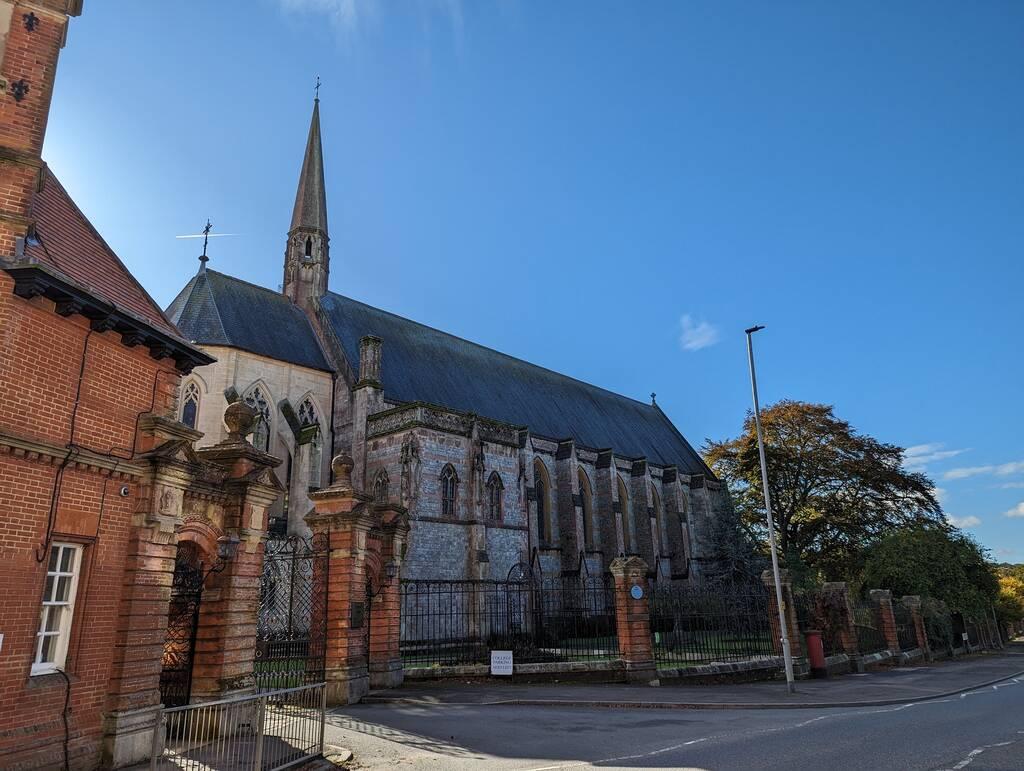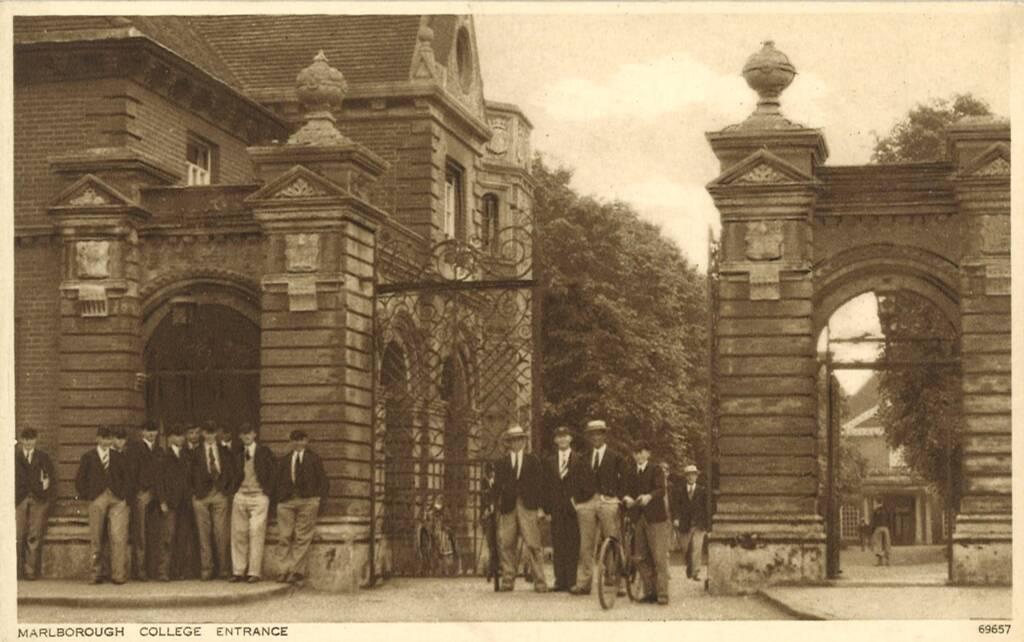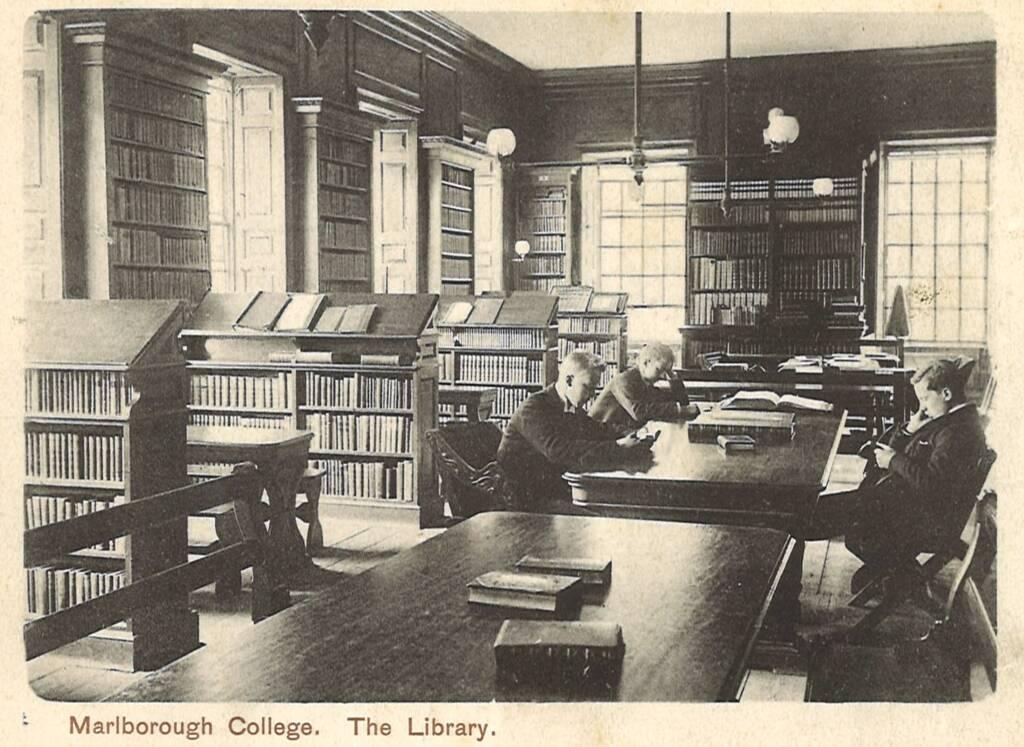- Events >
- The Fulltone Orchestra: Enya >
- Marlborough College
Marlborough College



Heritage
The College, founded in 1843 to educate the sons of clergyman, has grown into one of the largest co-educational fee-paying boarding schools in the country. Despite being a latecomer to the public school realm compared to Eton, Westminster and Winchester, Marlborough has a well-established reputation and an impressive list of alumni – artists, scientists including Nobel Laureate Sir Peter Medawar, poet Sir John Betjeman and royalty including Catherine, Princess of Wales. One of the most infamous alumni was art historian and Soviet spy Sir Anthony Blunt. The school began life in the Castle Inn (formerly Marlborough House) which stood in the shadow of The Mound. It had been one of the town’s busiest coaching inns with 40 coaches daily stopping to change horses on their way between London and Bath. With the growth of the railway, the Castle Inn closed and the building leased to the new school. Within five years of opening the college had 500 pupils. As the school grew in reputation more boarding houses and classrooms were added in the late nineteenth and early twentieth centuries. The impressive collage chapel of St Michael and All Angels was built in 1886; the college arch that spans the Bath Road was added in 1910/11; in 1925 the Memorial Hall was built to commemorate those Old Marlburians who were killed in the First World War. In the 20th century Marlborough became one of the first traditional boys’ boarding schools to admit girls, initially in the sixth form from 1968 and finally becoming fully co-ed in 1989.